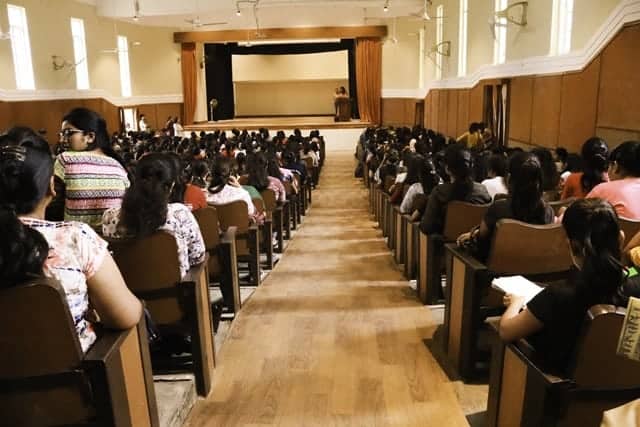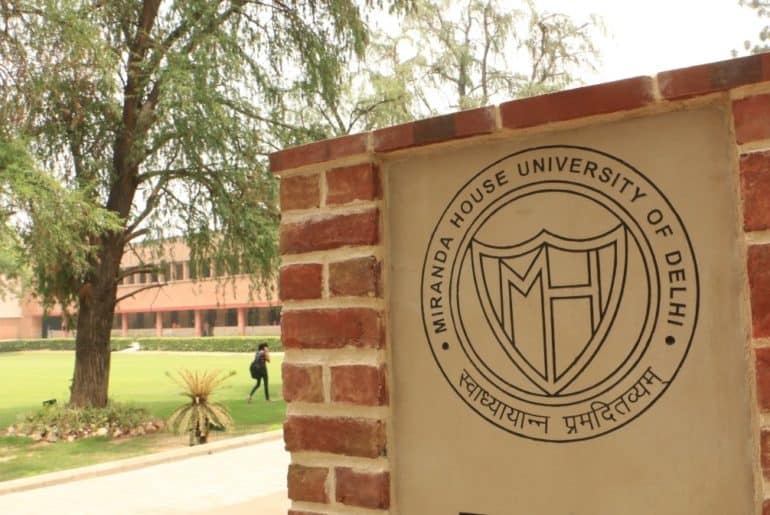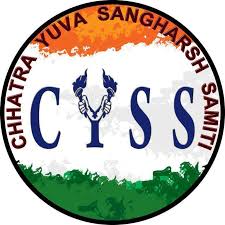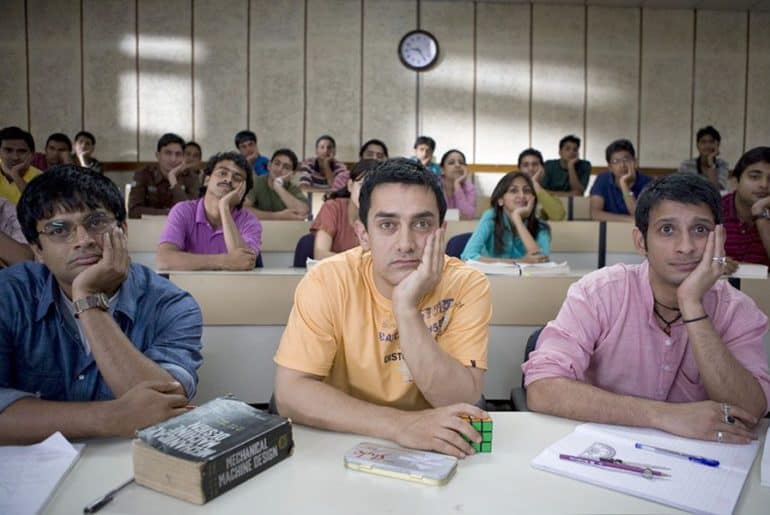How should institutions founded on the notion that female-only spaces are vital, respond to and incorporate transgender students?
Sehba (name changed on request) joined a girls’ college affiliated to the University of Delhi (DU) in the academic year 2016- 17. Born as a female, he never identified with the gender he was assigned at birth. He underwent a gender affirming surgery when he was in his second year of college. While he has had to struggle with the transition and guarded acceptance from his family, the college administration has made matters worse by threatening to cancel his admission. Four months into the gender affirming surgery, the status of his admission and continuance in the college is shrouded in doubt and uncertainty.
The questions revolving around this issue have wider connotations which have confounded admission officials at women’s colleges of DU in recent years. Should transgender women be allowed to apply? If so, how far into the gender transition process must an applicant be to be recognised as a woman? The transgender rights movement has now gained visibility, thereby challenging the existing institution of single-sex education in India, which has always been a largely heteronormative space.
Just how many transgender students, if any, are attending women’s colleges in DU remains unknown. Many colleges won’t disclose such information citing privacy concerns. Notwithstanding this, there has been a rise in the presence of transgender students in girls’ colleges across the country. With this increased visibility comes backlash that materialises in harassment against trans students.
When asked about the steps taken, if any, by college managements to prevent harassment of transgender students in girls’ colleges, Professor Arunima Roy, said, “We as an institution do whatever is in our capacity to provide counseling to the concerned students and figure out a suitable arrangement for them. However, the situation becomes tricky since the varsity has not issued specific guidelines regarding the admittance of transgender students in girls’ colleges.”
When DU Beat asked a graduate from Miranda House, Harshita Gujral, whether trans students should be allowed in a girls’ college or not, she responded in the affirmative and said, “Trans people are equally deserving of the kind of rights-centred environment that women’s colleges provide.” However, another graduate from the same college, Panchi Kalra, said, “Giving such status to trans people in women’s colleges would ultimately undermine the institutional mission to empower women.”
Women’s colleges of DU have long offered women a sanctuary from certain aspects of discrimination they face in the wider world. Now, these colleges have to decide whether or not to broaden their horizons of feminism, after all, intersectionality is everything.
Feature Image Credits: DU Beat
Vaibhavi Sharma Pathak
[email protected]






















